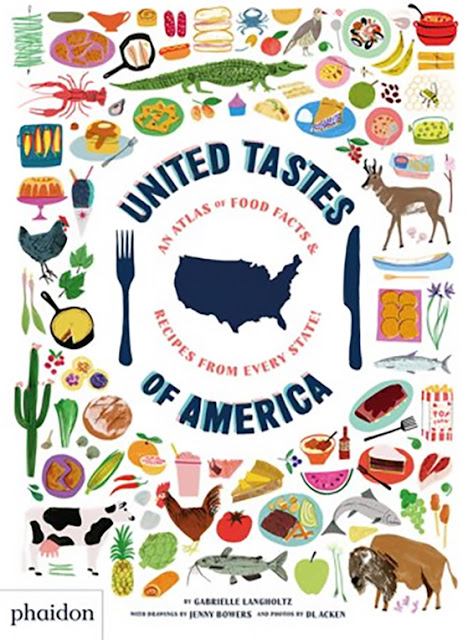Kitchen safety involves avoiding and looking for potential hazards. Focus your attention on four main areas.
- Fire and Electrical Hazards
- Food Preparation
- Food Safety and Cleanliness
- Create a Child-Friendly Kitchen
Fire and Electrical Hazards
1. Use a 3-prong grounded connection on all appliances.
2. Do not use extension cords.
3. Discard any broken or damaged appliances.
4. Turn off burners immediately when not in use.
5. Keep dish towels, pot holders, and paper towels away from the stove or other hot areas where they can catch fire.
6. Do not leave candles burning unattended. Place in flameproof containers.
7. Keep a fire extinguisher in or near the kitchen, but away from the stove or other hot areas.
8. Keep lighters and matches away from the reach of children.
2. Do not use extension cords.
3. Discard any broken or damaged appliances.
4. Turn off burners immediately when not in use.
5. Keep dish towels, pot holders, and paper towels away from the stove or other hot areas where they can catch fire.
6. Do not leave candles burning unattended. Place in flameproof containers.
7. Keep a fire extinguisher in or near the kitchen, but away from the stove or other hot areas.
8. Keep lighters and matches away from the reach of children.
Kitchen Safety - Fire Hazards
Food Preparation
1. Turn the handles of cooking pots and pans away from the front of the stove.
2. Be careful when removing the lid from hot foods. The heat can burn you.
2. Be careful when removing the lid from hot foods. The heat can burn you.
3. Never leave cooking foods unattended!!
4. Close cabinet doors and draws when not in use.
4. Close cabinet doors and draws when not in use.
5. Make sure appliances with sharp areas are unplugged before touching them.
6. Use proper lifting techniques when carrying heavy items.
6. Use proper lifting techniques when carrying heavy items.
7. Knives - Always cut away from the body when using a knife. Cut using a proper cutting surface. Keep knives clean. Do not leave knives soaking in water. When cleaning the blade, keep the sharp edge away from hands.
Kitchen Safety: Knife Safety
Food Safety and Cleanliness
There are ways to avoid food poisoning and accidents by proper handling of foods and keeping yourself and your work area clean.
1. Clean up spills immediately.
2. Always wash your hands before working in the kitchen. Wash with soap and water for 20 seconds before and after handling food.
3. Wash kitchen surfaces often, and wash platters before refilling them with fresh food.
2. Always wash your hands before working in the kitchen. Wash with soap and water for 20 seconds before and after handling food.
3. Wash kitchen surfaces often, and wash platters before refilling them with fresh food.
4. Keep uncooked and ready-to-eat foods separate. Juices from raw meat may cross-contaminate other food if they contain harmful bacteria.
5. Use one cutting board for raw meat and poultry and another one for vegetables. If you use only one cutting board, wash it with hot soapy water after preparing each food item.
6. Use a food thermometer to be sure foods are cooked safely. Steaks should be cooked to 145 °F, ground beef cooked to 160 °F, and all poultry cooked to 165 °F.
7. Never hold hot or cold foods for more than two hours at room temperature, or between 40 °F and 140 °F. Refrigerate or freeze leftovers promptly.
8. When in doubt, throw it out; do not eat it.
6. Use a food thermometer to be sure foods are cooked safely. Steaks should be cooked to 145 °F, ground beef cooked to 160 °F, and all poultry cooked to 165 °F.
7. Never hold hot or cold foods for more than two hours at room temperature, or between 40 °F and 140 °F. Refrigerate or freeze leftovers promptly.
8. When in doubt, throw it out; do not eat it.
Food Safety
June is National Safety Month

Cooking and spending time in the kitchen is fun for kids, and also provides parents with an opportunity to teach children. Here are tips to create a kid-friendly kitchen:


























